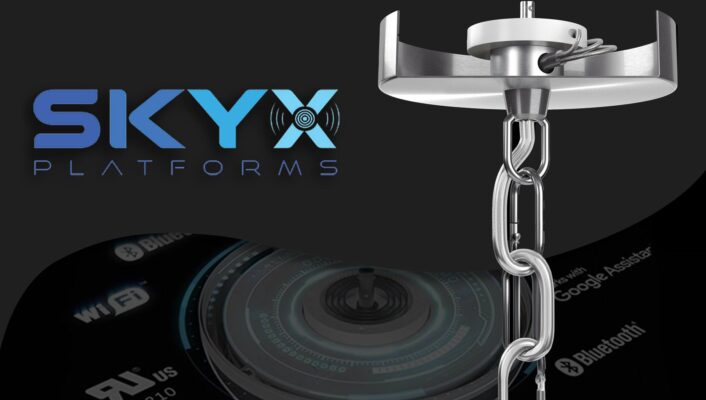
First of we’d like to start off by saying congratulations that you’ve been blessed with the “inventors gift”, it means that you have the gift of wanting to improve things and make daily life easier for other people. Once you have one idea for an invention, new ideas will never stop coming, maybe some would call it the “inventors curse”.
First Step!
When you have a brand new invention idea, keep it private. Don’t share your idea with anybody you don’t trust or something like online forums. Then do your own market research and see if something like your idea already exists or not. We suggest leaving emotions behind while doing market research, have realistic expectations. For example, if you have an invention idea but a company like Apple or Microsoft is already selling something similar, don’t expect that competing with them will be easy. If after you have finished your market research you think your invention will be profitable and sell, you have 2 paths to choose from.
Bonus Tip (When discussing your idea with companies or possible partners, always sign NDA’s)
The Main 2 Routes
The journey of an inventor will not be the same for everybody. The good news is there are mainly 2 routes an inventor can take, either licensing or getting the idea manufactured and building a business around it. It all depends on where you are at now, and what your end goal is.
How Much Time Do You Have?
The first thing to take into consideration is how much time do you have to give to your idea. If you are already working a full-time professional career, you might not have a lot of free time. In this case, you might want to license your idea. This is where you sell/”license” your idea to a bigger company. They will then manufacture it, distribute it and market it, meanwhile, you sit back and get a small portion of the profits. This is the route less involved inventors usually take.
Now let’s say you have a lot of free time and would like to keep all the profits, this is where manufacturing the product is more fitting for the inventor. This path usually involves taking your rough idea to a product development company where they can, design the product, prototype it, and then help you manufacture it. Then once you have the manufactured product, you build a business around your product and sell it. This of course gives you total control of your invention and you keep all the profit. A good thing about going down this route is that, if you make a truly original and innovative product you will have absolute market control. You won’t have to compete with anybody else, so you can set the price and control how consumers purchase your product.
How Much Money Can You Invest Into Your Idea?
The truth is whether you’re licensing your idea or getting your idea manufactured, you will have to invest some amount of money into your idea. Licensing your idea will take a lot less upfront investment, but you will still need to invest some money into getting your idea ready for a pitch. For example, usually, the minimum thing you need to pitch an idea is a product sketch, depending on the complexity of your product this might fit you. If your product starts getting a little more complex this is where a 3D model or Physical Prototype will definitely improve your chances of getting a licensing deal. A trick to keep in mind is the faster you can demonstrate your product’s selling point to investors the more likely they are to invest. Nobody wants to invest in a product they do not fully understand or find hard to visualize in the real world.
Now if you are going to manufacture your invention, obviously it will take a larger investment, to begin with. This is where you will work with a product development company to develop your product and manufacture it. After you have your product manufactured you will need to marketing and selling it. You are starting a business when you take this route.
So in conclusion, if you want to be less involved and have less capital to begin with, go down the licensing route. If you want to have total control of your idea and have good capital to begin, manufacture and sell your invention.



